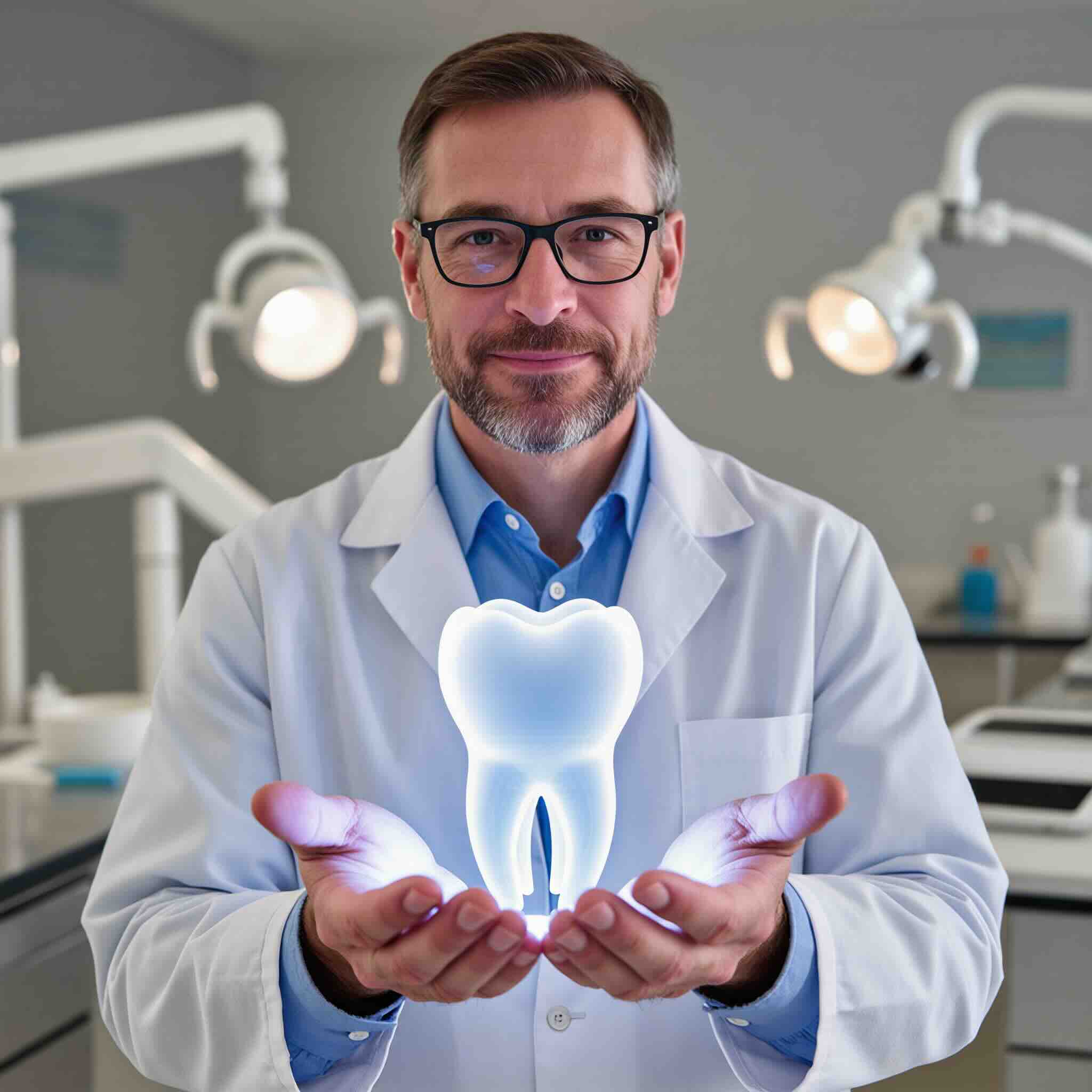A veces, un diente no se puede salvar, pero la forma en que se extrae marca la diferencia.
En KYT Dental Services, realizamos extracciones con precisión y cuidado, ya sea que se trate de una extracción sencilla o de un caso quirúrgico más complejo.
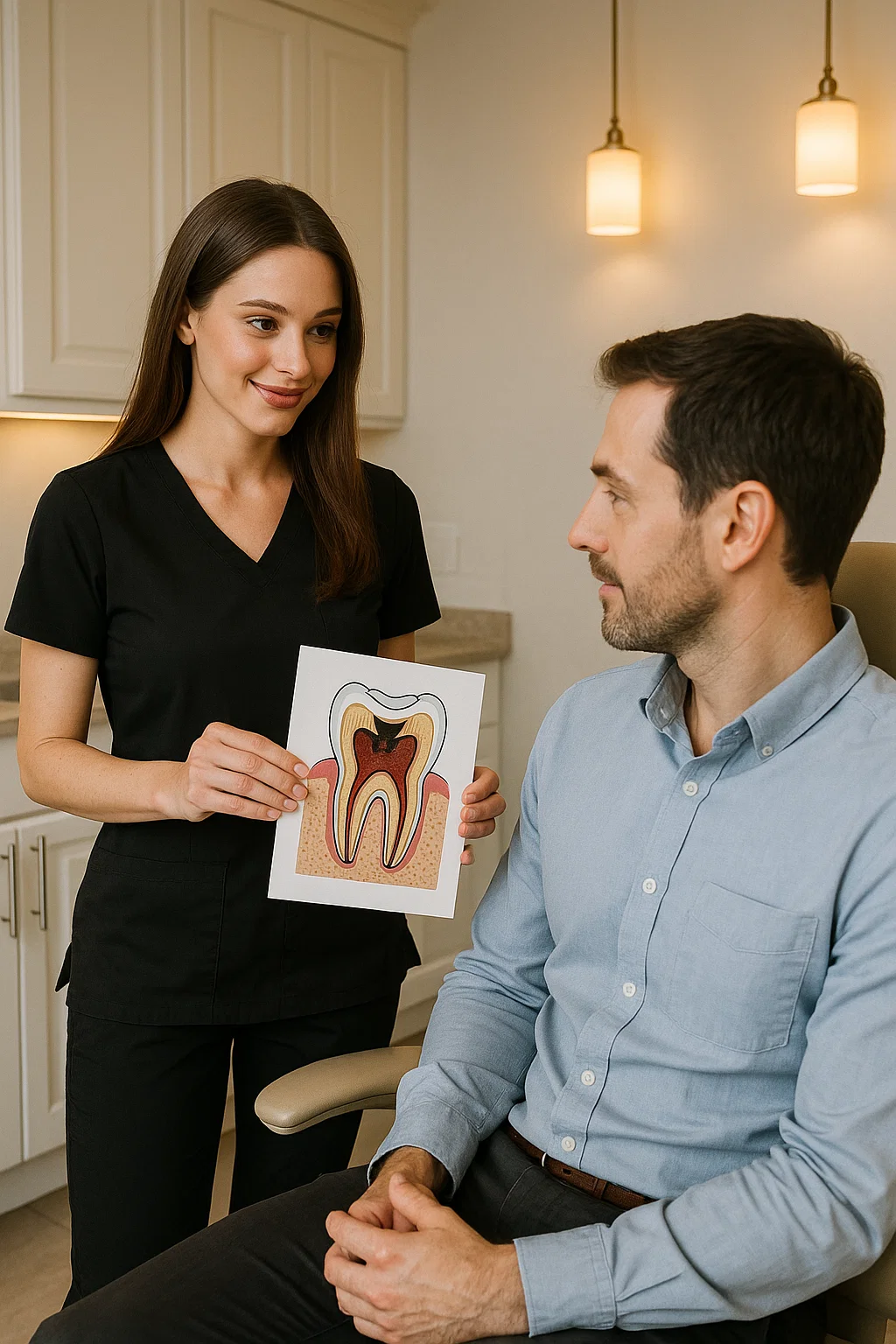

Extraer un diente no se trata solo de extraerlo, sino de proteger su futura sonrisa. Una extracción adecuada:

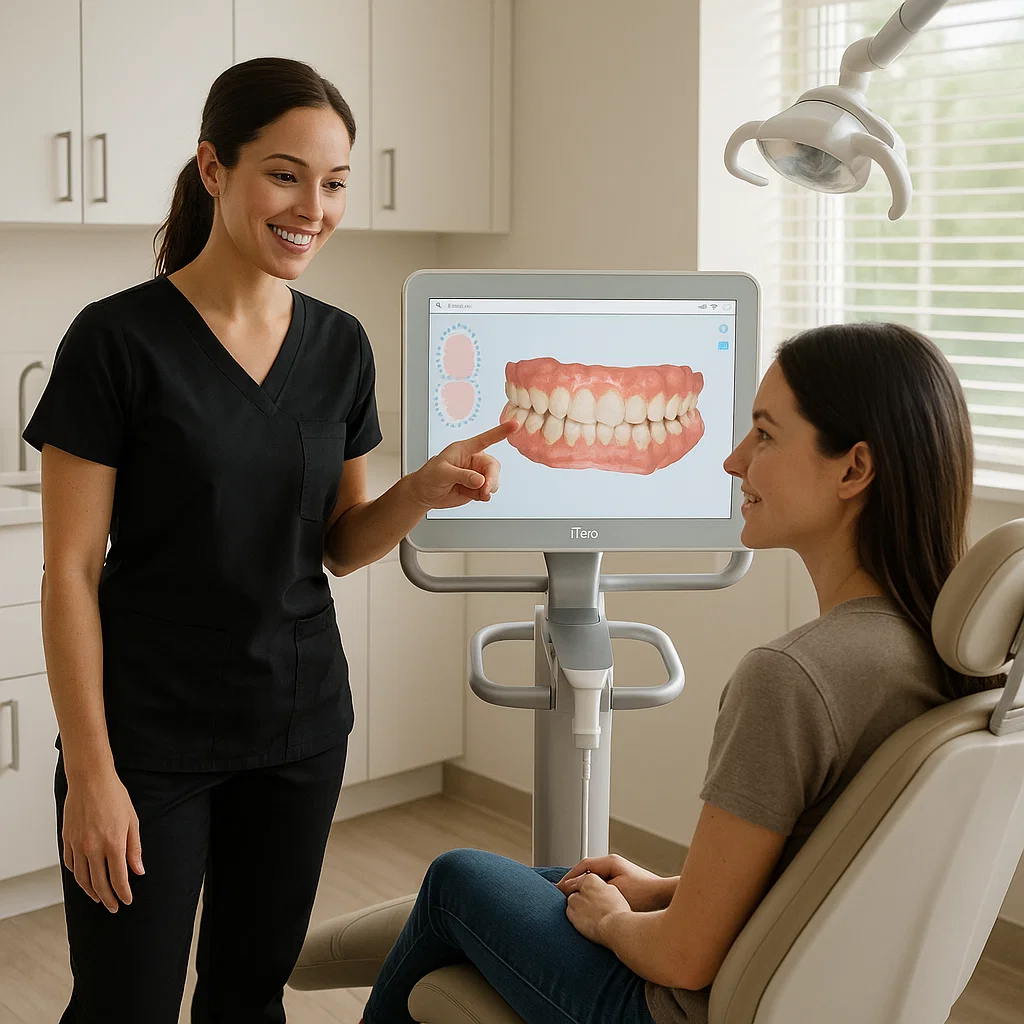

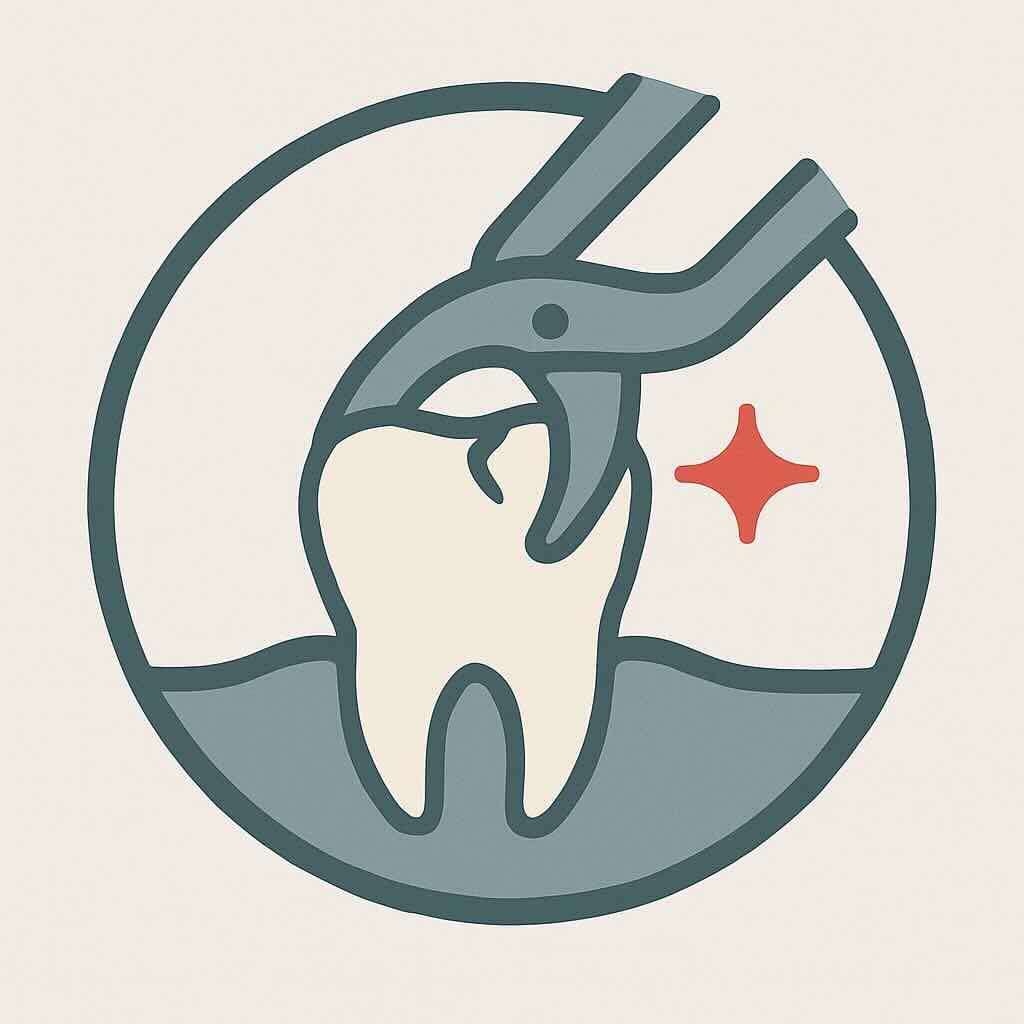
✨ Anestésico local para un procedimiento indoloro
✨ Diente aflojado y extraído con instrumentos suaves
✨ Curación rápida con un mínimo de molestias
✨ Se utiliza a menudo para dientes más pequeños o dientes sin complicaciones
Conclusión: Las extracciones simples son sencillas, rápidas y, por lo general, se curan rápidamente.
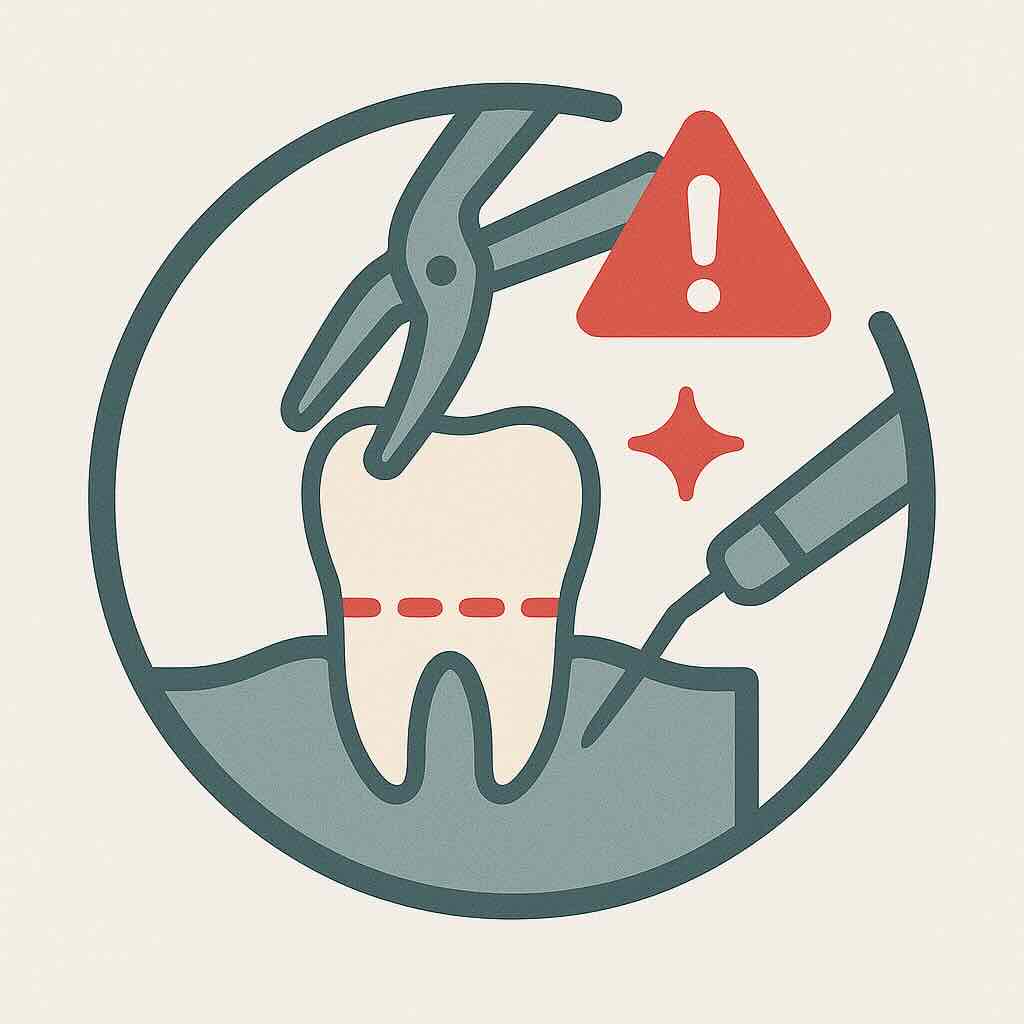
⚠️ Necesario cuando los dientes están parcialmente erupcionados, fracturados o debajo de las encías
⚠️ Se puede hacer una pequeña incisión para acceder a los dientes o las raíces
⚠️ Puede implicar seccionar el diente en pedazos para facilitar la extracción
⚠️ Tiempo de curación un poco más largo en comparación con las extracciones simples
Conclusión: Las extracciones quirúrgicas manejan casos complejos de manera segura, previniendo complicaciones y protegiendo el hueso y el tejido circundantes.
Extracción sencilla:
Extracción quirúrgica:



